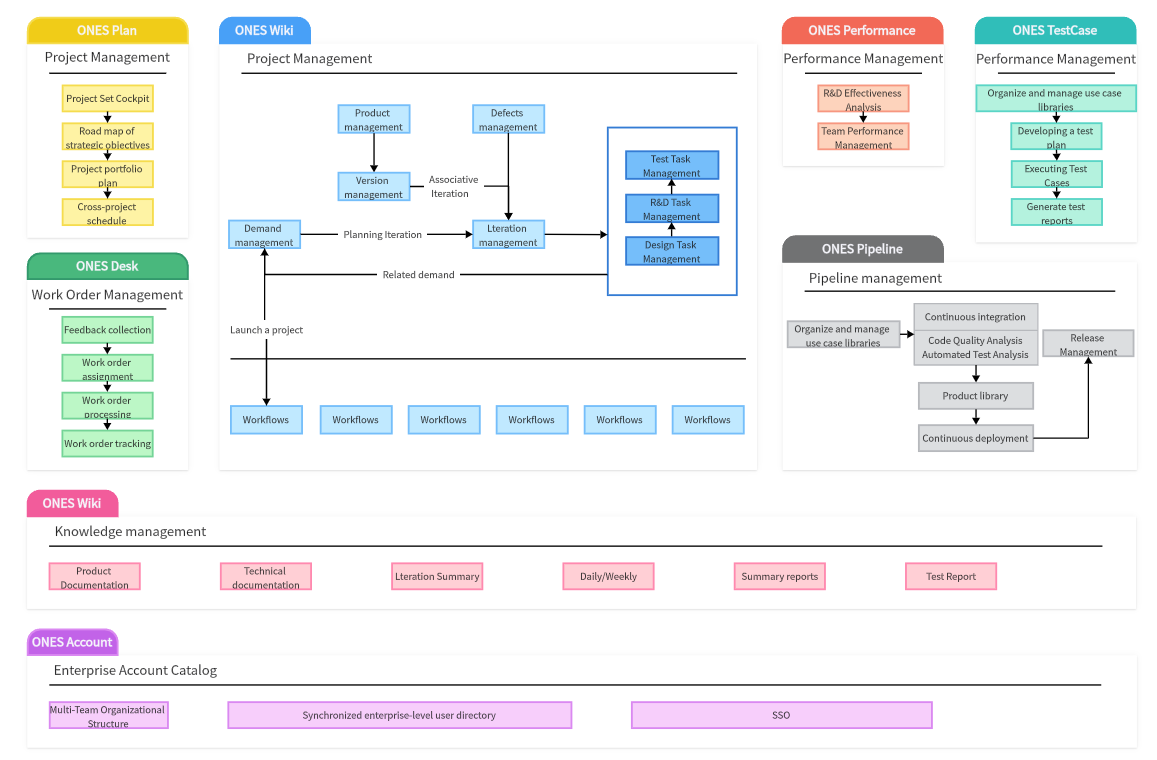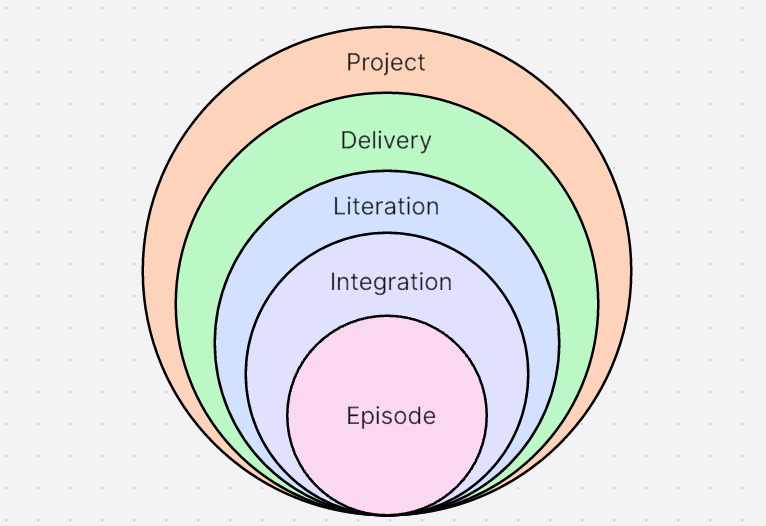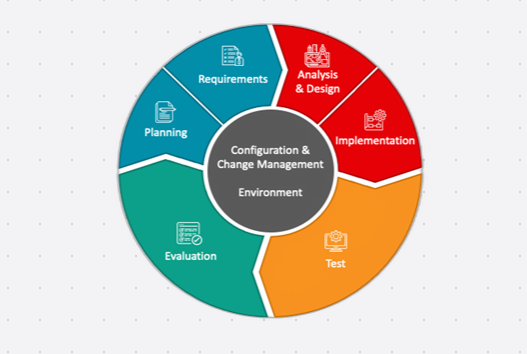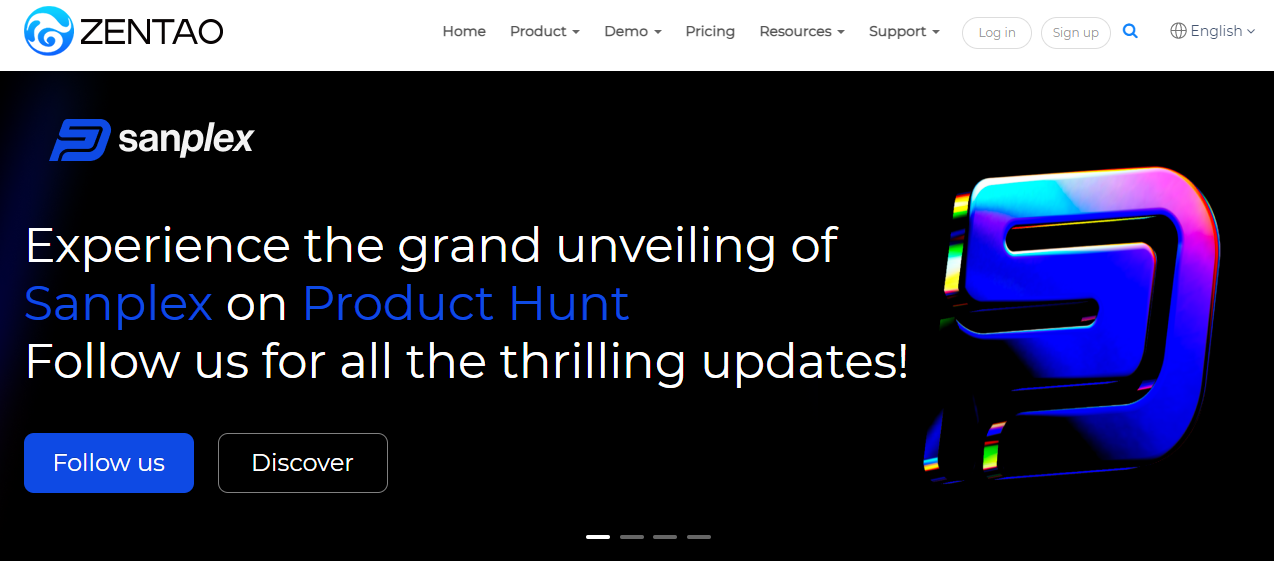Agile project management can be challenging, but the right software can make a big difference. In this guide, we’ll explore the top free agile project management tools for 2024 to help streamline workflows, enhance collaboration, and ensure timely delivery.
These tools support key practices like sprint planning, task management, and progress tracking. By choosing the right tool, your team can stay organized, communicate effectively, and deliver high-quality products faster. Read on to discover powerful free tools that can boost your team's productivity and improve project outcomes.
What is Agile Project Management

Agile project management, guided by Agile Manifesto principles, emphasizes flexibility, collaboration, and customer satisfaction. It uses short sprints (1-4 weeks) for developing functional parts, allowing for quick adjustments based on feedback. Effective implementation requires agile project management software, which supports collaboration, task management, and progress tracking. These tools help teams stay organized, maintain clear communication, align with project goals, streamline workflows, improve efficiency, and deliver high-quality products faster.
Key Features to Look for in Agile Project Management Software
Core Features: Create and prioritize user stories, organize sprints, and track tasks with visual boards and comprehensive task management.
Collaboration: Utilize built-in chat, file sharing, real-time collaboration, and automated notifications to keep the team connected and informed.
Tracking and Reporting: Use burndown charts and detailed analytics to monitor progress and performance.
Integration and Accessibility: Seamlessly connect with other tools and manage tasks on the go with mobile access.
Customization: Tailor workflows and add custom fields and tags to meet specific project needs.
User Experience: Enjoy an intuitive, user-friendly interface with high performance and reliability.
Security: Ensure data security with robust access controls and protection measures.
Additional Features: Track time, manage budgets and resources, and plan long-term goals with roadmapping tools.
Support: Benefit from high-quality customer support for quick issue resolution.
Common Agile Management Methodologies Supported
Scrum

Scrum is one of the most popular agile methodologies. It focuses on delivering products in iterative cycles called sprints, which typically last two to four weeks. Scrum teams hold regular meetings, including daily stand-ups, sprint planning, sprint reviews, and retrospectives, to ensure continuous improvement and collaboration.
Kanban

Kanban is a visual agile scrum project management methodology that uses a board with columns representing different stages of work. Tasks are moved from column to column as they progress through the workflow. Kanban emphasizes continuous delivery and limiting work in progress to improve efficiency.
Lean

Lean methodology focuses on maximizing value by minimizing waste. It emphasizes continuous improvement, delivering value to customers quickly, and optimizing the use of resources.
Extreme Programming (XP)

Extreme Programming (XP) is an agile methodology that emphasizes technical excellence and continuous feedback. It includes practices such as pair programming, test-driven development, and frequent releases to improve software quality and responsiveness to changing requirements.
Crystal

Crystal is a family of agile methodologies that focus on people, interaction, and the unique characteristics of each project. It includes different variations, such as Crystal Clear, Crystal Yellow, and Crystal Orange, each tailored to different team sizes and project complexities.
Feature-Driven Development (FDD)

Feature-Driven Development (FDD) is an iterative and incremental methodology that focuses on delivering tangible, working software features. It includes practices such as feature planning, design, and implementation to ensure continuous progress.
Dynamic Systems Development Method (DSDM)

DSDM is an agile methodology that emphasizes the full project lifecycle, from initial planning to final delivery. It includes practices such as timeboxing, MoSCoW prioritization, and iterative development to ensure that projects are delivered on time and within budget.
Agile Unified Process (AUP)

The Agile Unified Process (AUP) is an agile adaptation of the Rational Unified Process (RUP). It emphasizes iterative development, stakeholder involvement, and continuous feedback to ensure that projects meet customer needs.
Scrumban

Scrumban combines elements of Scrum and Kanban to create a hybrid methodology that provides the structure of Scrum with the flexibility of Kanban. It is ideal for teams transitioning from Scrum to Kanban or looking for a flexible approach to agile scrum project management.
Top Free Agile Project Management Software
Boardmix

Boardmix is a versatile and user-friendly free agile project management tool designed to help teams collaborate more effectively and streamline their workflows. With a focus on simplicity and functionality, Boardmix caters to the needs of teams of all sizes and industries. Whether you're a small startup or a large enterprise, Boardmix provides the tools necessary to manage projects efficiently and improve productivity.
Key Features and Limitations
Boardmix is packed with a wide array of features tailored to agile methodologies:
Task Boards: Visual task boards, such as Kanban boards, allow teams to manage tasks and monitor their progress visually. These boards can be customized to fit specific project workflows and stages.
Sprint Planning: Boardmix facilitates effective sprint planning by enabling teams to organize work into manageable sprints, set goals, and allocate tasks efficiently.
Real-Time Collaboration: Teams can collaborate in real-time with built-in chat, file sharing, and collaborative editing features. This ensures that all team members are on the same page and can contribute simultaneously.
Customizable Workflows: The tool allows users to create and manage custom workflows, ensuring that the software adapts to the unique processes of each team.
Time Tracking: Built-in time tracking features help teams monitor how much time is spent on different tasks and projects, providing insights into productivity and helping with future planning.
Detailed Reporting: Boardmix offers comprehensive reporting and analytics tools that provide insights into project performance, team productivity, and areas for improvement.
Integrations: The tool integrates with a variety of other applications, including version control systems, communication apps, and more, ensuring a seamless workflow across different platforms.
Mobile Access: Boardmix provides mobile apps, allowing team members to manage tasks and access project information on the go.
While Boardmix offers a robust set of features, there are some limitations to consider:
Advanced Features: Some advanced features, such as extensive integrations, advanced reporting, and higher storage capacities, may require upgrading to a paid plan.
Customization Limits: While Boardmix allows for a significant degree of customization, extremely complex workflows and highly specialized needs might require additional configurations available only in premium versions.
Suitable Methodologies
Boardmix is a flexible choice that supports a variety of agile methodologies, making it suitable for diverse project management needs:
Scrum: Ideal for teams that work in iterative cycles (sprints) and need tools for sprint planning, daily stand-ups, and sprint reviews.
Kanban: Perfect for teams that prefer visual task management and continuous delivery, allowing them to manage workflows and limit work in progress.
Lean: Suitable for teams focused on maximizing value by minimizing waste, with features that support continuous improvement and efficient resource use.
Custom Workflows: Boardmix can be tailored to fit unique project requirements, making it adaptable for teams that employ hybrid or less common agile methodologies.
With its comprehensive set of features and support for multiple agile methodologies, Boardmix stands out as a top choice for teams looking to enhance their project management capabilities and deliver high-quality products efficiently.
Jira Software

Jira Software is a widely used tool for agile scrum project management, especially popular in software development. The free version provides essential features for small teams to manage their projects effectively.
Key Features and Limitations: Key features include customizable workflows, task boards, reporting tools, and integrations with other development tools. The free version is limited to small teams and has storage restrictions.
Suitable Methodologies: Jira supports Scrum, Kanban, and various other agile methodologies, making it a versatile choice for agile teams.
Asana
Asana is a flexible free agile project management tool that supports a variety of workflows. Its intuitive design and collaborative features make it a popular choice for teams looking to manage their projects more efficiently.
Key Features and Limitations: The free version of Asana includes task management, project timelines, team collaboration tools, and integrations with other software. However, advanced features such as custom rules and more detailed reporting are limited in the free version.
Suitable Methodologies: Asana supports Kanban and custom workflows, allowing teams to tailor the tool to their specific needs.
ClickUp

ClickUp is an all-in-one productivity platform that offers extensive customization options. It is designed to help teams manage tasks, collaborate, and track progress in a single tool.
Key Features and Limitations: ClickUp’s free version includes task management, goal setting, time tracking, and integration with various apps. Some advanced features, such as custom automations, are restricted in the free version.
Suitable Methodologies: ClickUp supports Scrum, Kanban, and custom workflows, providing flexibility for different project management styles.
GitHub Projects

GitHub Projects is ideal for development teams using GitHub for version control. It integrates seamlessly with GitHub repositories, allowing teams to manage their projects alongside their code.
Key Features and Limitations: Key features include task boards, issue tracking, and real-time collaboration. However, GitHub Projects may lack some advanced project management features found in dedicated tools.
Suitable Methodologies: GitHub Projects is well-suited for Kanban and simple task management workflows.
Taiga

Taiga is an open-source agile scrum project management tool designed for agile teams. It offers a range of features to support agile methodologies and is highly customizable.
Key Features and Limitations: Taiga includes sprint planning, task boards, bug tracking, and real-time collaboration. The free version may have hosting limitations and fewer integrations compared to paid versions.
Suitable Methodologies: Taiga supports Scrum, Kanban, and custom workflows, making it a robust option for agile teams.
ZenTao

ZenTao is a comprehensive free agile project management tool with a focus on agile development. It offers extensive features for managing tasks, bugs, and test cases.
Key Features and Limitations: ZenTao’s free version includes task management, bug tracking, test case management, and reporting. Some advanced features and integrations may be limited in the free version.
Suitable Methodologies: ZenTao supports Scrum, Kanban, and custom workflows, providing flexibility for various agile practices.
How to Choose the Right Software for Your Team
1. Assessing Team Needs
Identify Requirements and Workflows: Evaluate your team’s specific needs, workflows, and pain points, considering team size, project complexity, and methodologies.
Match Features to Needs: Find software with features that align with your requirements and preferred methodologies to streamline workflows.
2. Ease of Adoption
Evaluate Ease of Use: Select an intuitive tool with a minimal learning curve to ensure smooth adoption and maintain productivity.
Training and Support: Ensure the availability of adequate training resources and support to help your team transition smoothly and become proficient quickly.
3. Scalability
Software Growth Capability: Choose software that can scale with your team’s growth, offering advanced features and higher capacity in paid versions if needed.
Future-Proofing: Opt for a flexible and adaptable tool to avoid switching tools as your team evolves.
Conclusion
Agile project management software like Boardmix can significantly enhance your team’s productivity and product quality by providing tools that facilitate better collaboration, task management, and real-time tracking. By implementing agile practices effectively, your team can deliver high-quality products faster and more efficiently.
Explore different free agile project management tools to find the best fit for your team. The right software can make a significant impact on your project’s success, helping you build products faster and better. Don’t hesitate to try out multiple tools and take advantage of free trials to determine which one best meets your needs!













